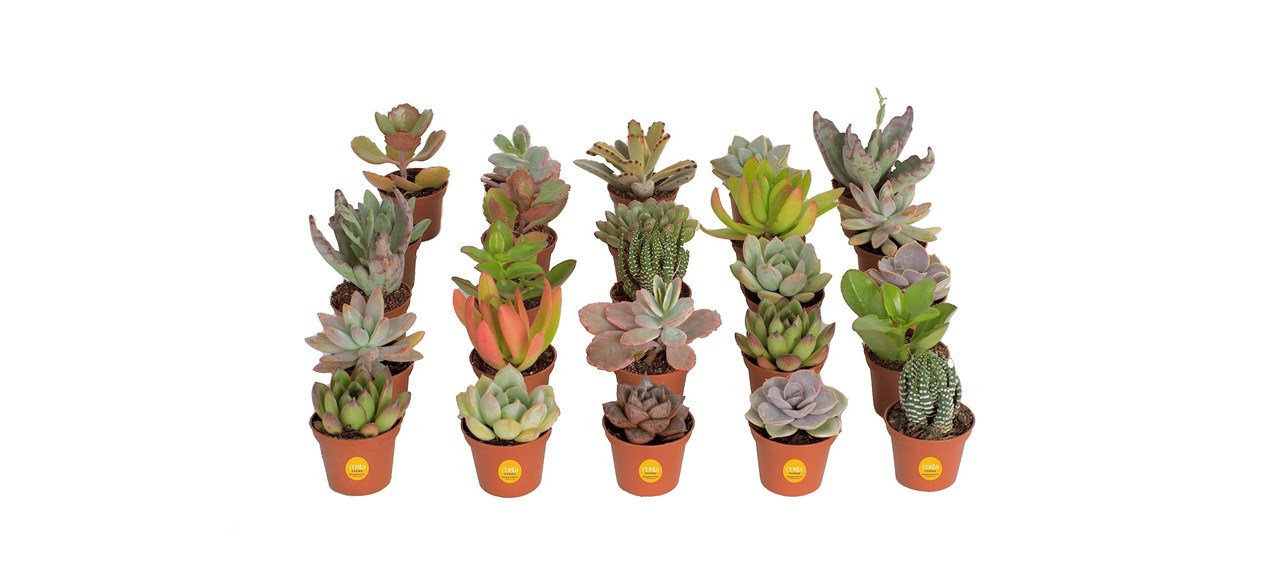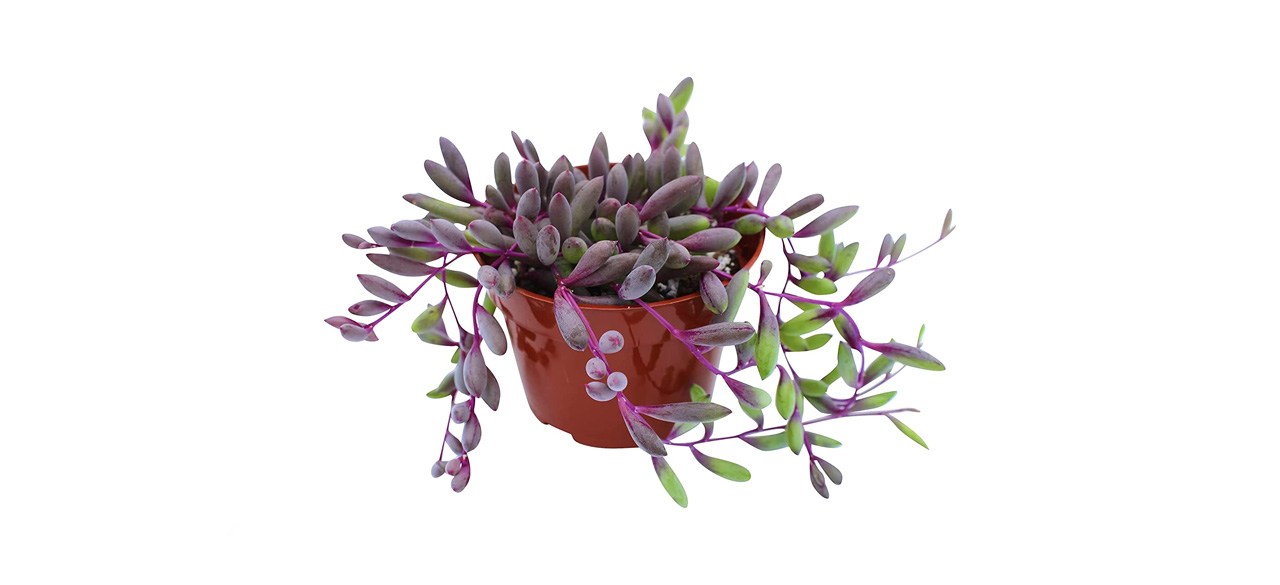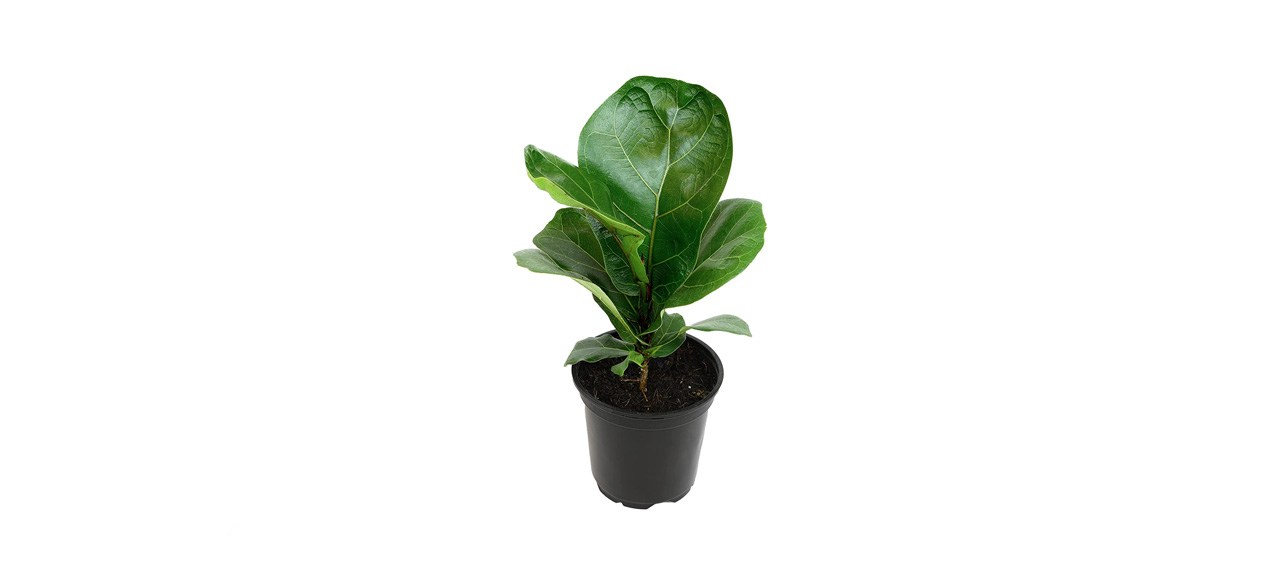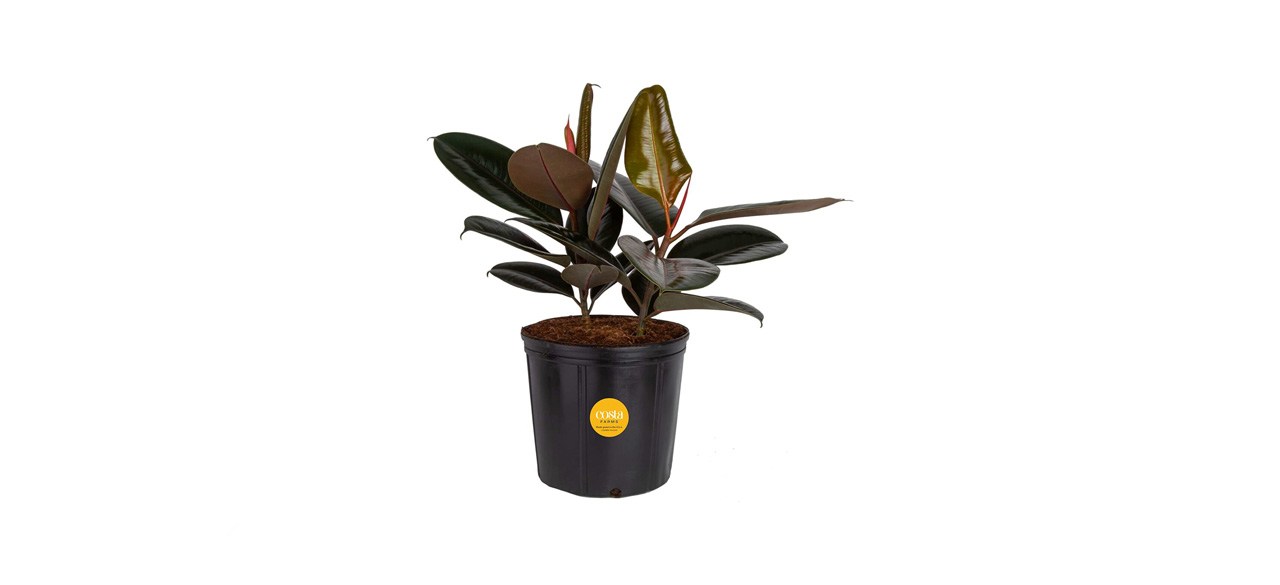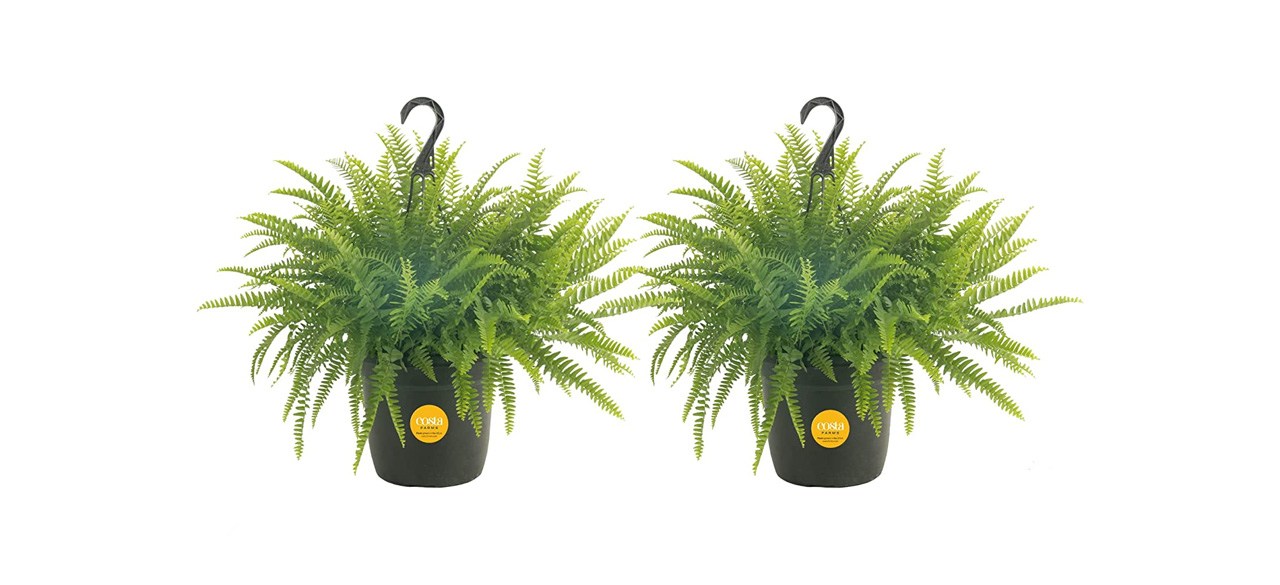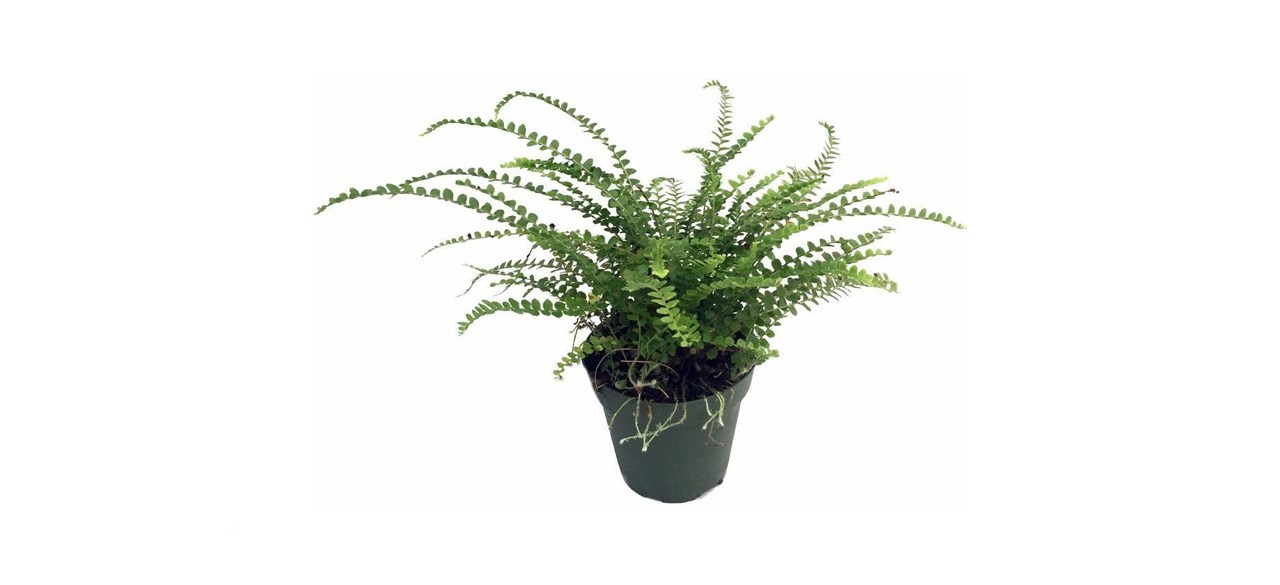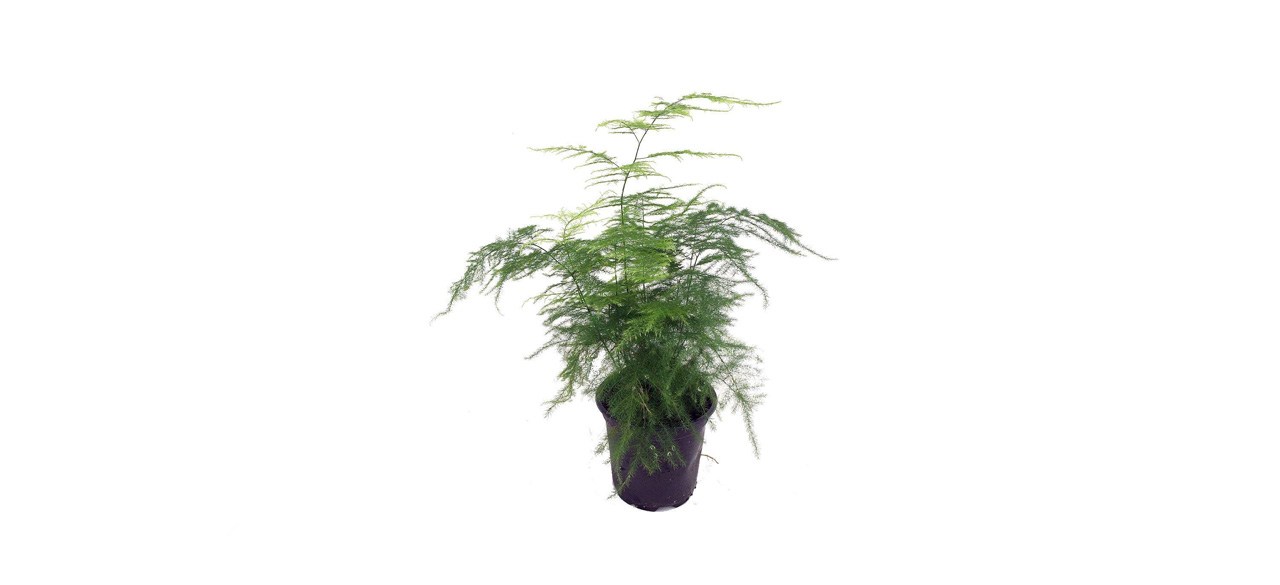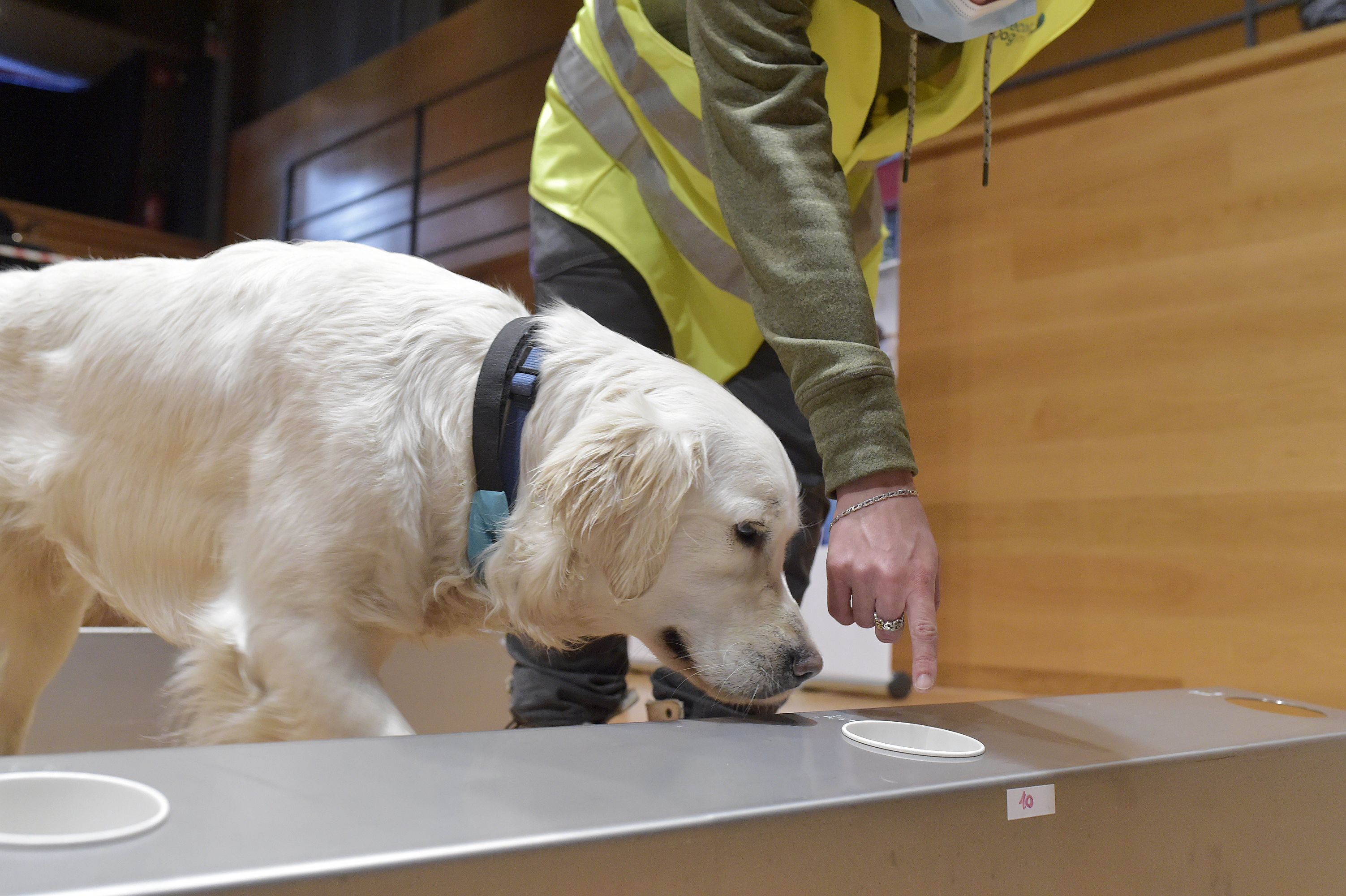Which indoor and outdoor house plants are best for summer?
Gardening is a great way to alleviate stress and anxiety, boost your mood and calm your mind, all while bringing a new, vibrant aesthetic to your space. Even if you’re not interested in maintaining a complete outdoor or indoor gardening system, having a few indoor house plants can help your overall mental health and bring new life to your home. If you’re looking for indoor plants, you can also grow them outside in the summer, but there are a few things to keep in mind.
Shop this article: Costa Farms Mini Succulents, Brighter Blooms 3-gallon Benjamina Ficus Plant and Costa Farms Home Decor Premium Live Boston Fern Hanging Basket
Plants that thrive inside and outside in summer
Plants require a good combination of sunlight, nutrients, water and other resources to grow lush and healthy. Some thrive inside, but they shrivel up or die when placed in the heat of summer. Others do better outside but often can’t get the right conditions to survive when put indoors.
Fortunately, some live plants do well inside and outside, including:
- Succulents — gasteria, aloe vera, snake plants, ponytail palms, etc.
- Spider plants.
- Tropical plants — crotons, jasmine, tropical hibiscus, crown of thorns, asparagus ferns, etc.
- Hoya plants.
- Ferns and other foliage house plants.
- Weeping figs or ficus trees.
- Herbs — parsley, basil, rosemary, sage, etc.
- Certain flowers — amaryllis, marigolds, geraniums, etc.
When to bring live house plants outside for the summer
The best time to bring house plants outside depends on where you live and the climate. Although every plant is different, it’s generally a good idea to wait until the temperature consistently reaches 50 or 60 degrees. If the temperature drops below this range, which often happens at night, wait to transfer the plants.
In northern states, the best time to move plants outside is usually in late June or early July. In the south, you may be able to bring them outside as early as April or May.
Consider the growing conditions
It’s important to acclimate them to the new environment before transferring indoor plants outside. Even though most plants can grow outside without an issue, they could still experience problems when moved to a new environment, especially if the change is too sudden. Fortunately, most of these issues can be mitigated or prevented by keeping an eye on your plants, their growing conditions and the weather.
Plant shock
Major environmental changes can stress your plants and cause them to go into shock. This includes extreme temperature shifts, a nutritional or pH imbalance, changes in the soil composition or accidentally damaging their roots. Shock could cause the plant’s leaves to discolor or fall off, weaken its base or even cause the entire thing to die.
Sunburn
Plants can get burned with too much direct sunlight exposure, which often happens when they’re moved from the house to the garden or patio. Common signs of sunburn include bleached foliage or brownish-yellow leaves. Sunburn isn’t usually fatal to plants, especially if you catch it early and move them to a location with more shade.
Major temperature changes
Low temperatures could cause damage to the plants’ foliage or even their root system. High temperatures could cause them to dry up and wilt. To avoid this, keep an eye on the outdoor temperature and bring the plants inside before extreme highs or lows. You could also bring them outside for a couple of hours at a time to get them used to the temperature change.
Too much or too little moisture
Whether they’re indoors or outdoors, your plants need water to thrive. Regions with higher humidity and rainfall typically require less watering, and vice versa. Try to be consistent with how much water you’re giving your plants to ensure they do well wherever they are.
Environmental damage
Plants grown outside, whether in the garden or on the back porch, are susceptible to environmental damage. For example, if there are heavy rains or winds, they could cause pots to tip over or even break stems. When the weather gets bad, either bring your plants back inside or underneath some kind of shelter.
Tips
To make sure your live indoor house plants thrive in the outside summer climate, here are some tips:
- Keep an eye on pests, especially around the leaves. Some insects and vermin can do real damage to plants when not monitored.
- Incorporate plant fertilizer, particularly if it rains frequently. Many plants require more nutrients when placed outdoors, so use a fertilizer with nutrients to give them a boost.
- Mist your plants from time to time. If you live in a dry climate, such as in the Southwest, misting your plants can keep them from drying out or burning. This may not be necessary for more humid regions, such as in the Midwest or on either coast.
- Monitor the soil. A soil test kit can effectively measure nutrients, pH, light and moisture content to ensure premium growing conditions.
- Use the USDA plant hardiness zone map. This is a great way to determine which plants thrive in your region.
Best live succulents
This colorful assortment of 25 miniature succulents can brighten up any space. They’re hardy enough for most growing conditions, inside and outside, but they tend to thrive on windowsills and in direct sunlight. Each one is around 2 inches tall and comes in different textures and shapes.
Sold by Amazon
Shop Succulents Radiant Rosette Collection of Live Succulent Plants
If you’re looking for a larger variety of small succulents that grow well inside and outside, this 64-pack option is for you. They do best indoors but also thrive in 6 or more hours of direct sunlight.
Sold by Amazon
Succulent Cult Live Succulent 4-inch Othonna Capensis Ruby Necklace
With 10 larger succulent varieties available, including the Othonna Capensis “Ruby Necklace” and the Donkey Tail, these 4 to 6-inch live house plants are a great gift. While they do best in indirect sunlight, they can grow and bloom from spring to fall inside or outside.
Sold by Amazon
Best live ficus house plants
Brighter Blooms 3-gallon Benjamina Ficus Plant
This lush ficus tree is 2 to 3 feet tall and does well in direct and indirect sunlight. It’s resistant to pests and plant disease and is hardy enough for indoor and outdoor growing conditions. It’s a good way to brighten up a room or add some greenery to your home’s exterior.
Sold by Amazon
Plants for Pets Fig Trees Live Plants
The vibrant evergreen ficus lyrata makes for a great addition to the living room, dining room or kitchen, as well as to any outdoor space. It’s fully rooted in a 4-inch container. It thrives in 65- to 75-degree temperatures when placed in indirect sunlight.
Sold by Amazon
Costa Farms Ficus Elastica Rubber Tree
Another fun addition to your home, porch or patio, this live plant has waxy dark purple-green leaves that are sure to catch the eye. It grows up to around 48 inches tall and is quite hardy.
Sold by Amazon
Best live fern house plants
Costa Farms Home Decor Premium Live Boston Fern Hanging Basket
This two-pack of live hanging ferns looks great in a bright room of the house or outside. They’re verdant, elegant, versatile and low-maintenance, making them great for the busy household.
Sold by Amazon
Hirt’s Gardens Lemon Button Fern
If you want a live house plant with a subtle citrus scent, this lemon button fern is for you. It grows best in indirect sunlight or shaded areas, but it can withstand higher temperatures well, especially when misted regularly.
Sold by Amazon
JM Bamboo Fern Leaf Plumosus Asparagus Fern
Known for its soft textured leaves and small white flowers that bloom from spring to fall, this live house plant grows well when placed indoors or outside. It adds a lovely aesthetic to any space, from the kitchen to the patio.
Sold by Amazon
Want to shop the best products at the best prices? Check out Daily Deals from BestReviews.
Sign up here to receive the BestReviews weekly newsletter for useful advice on new products and noteworthy deals.
Angela Watson writes for BestReviews. BestReviews has helped millions of consumers simplify their purchasing decisions, saving them time and money.
Copyright 2023 BestReviews, a Nexstar company. All rights reserved.

